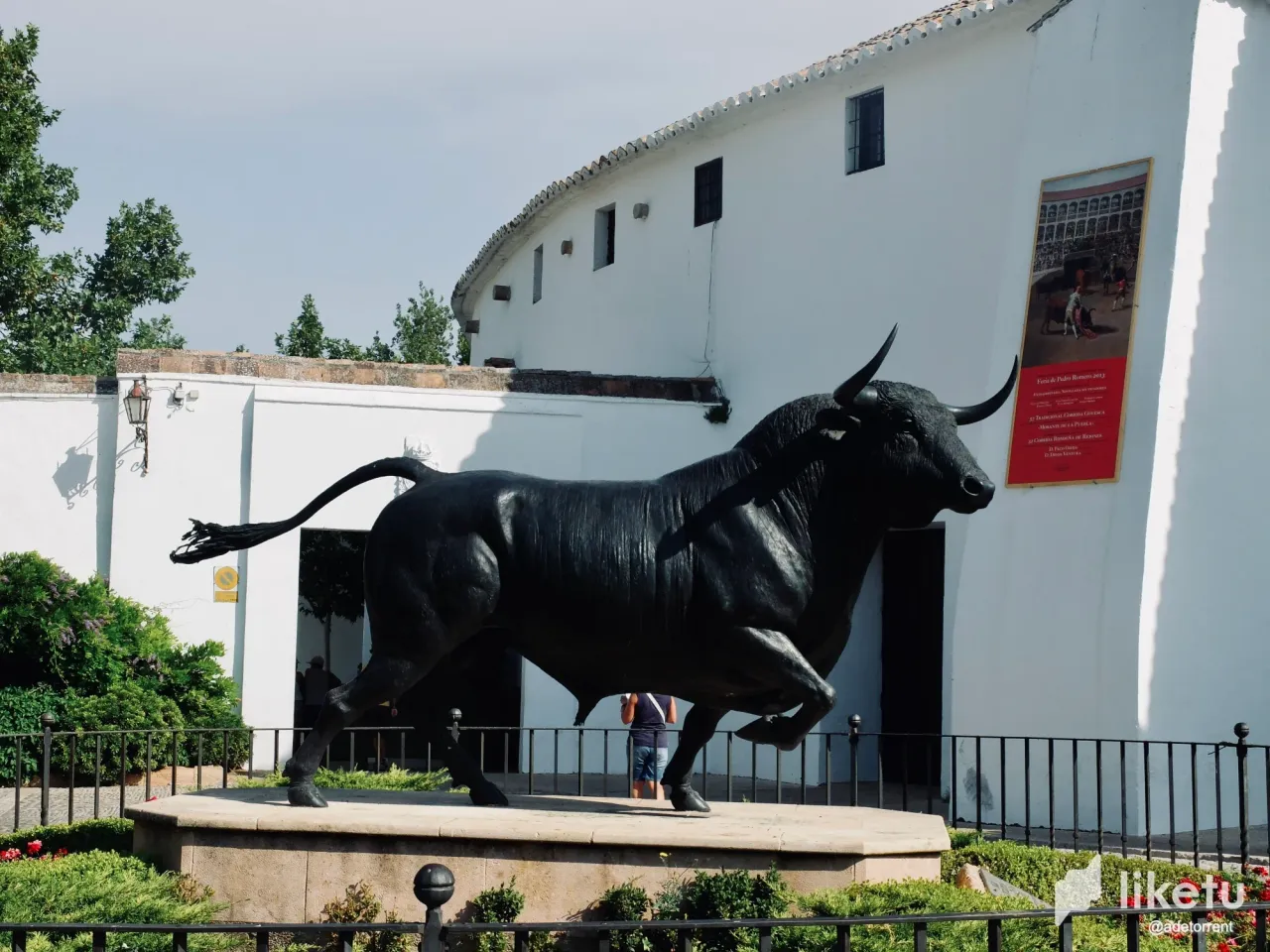
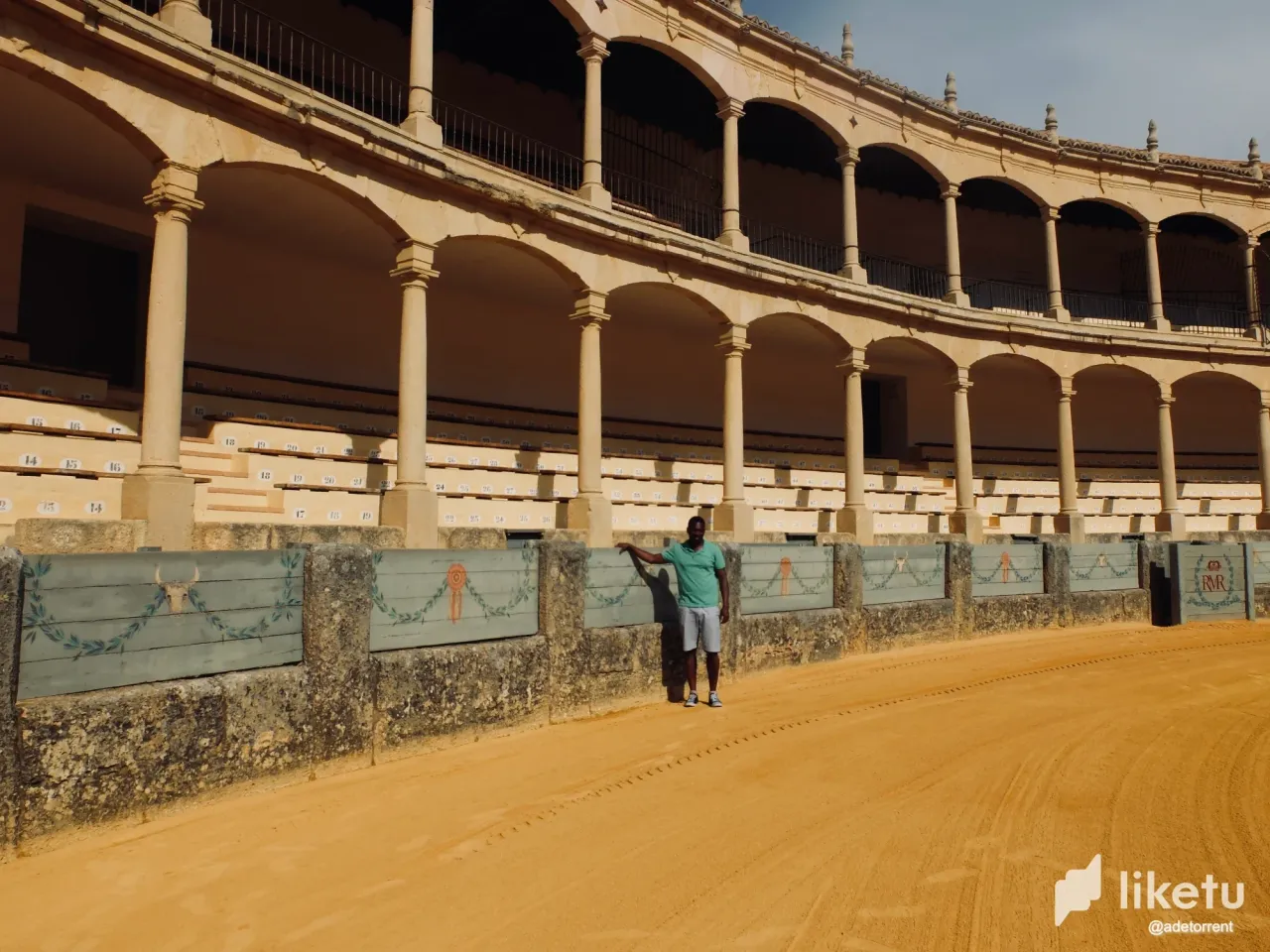
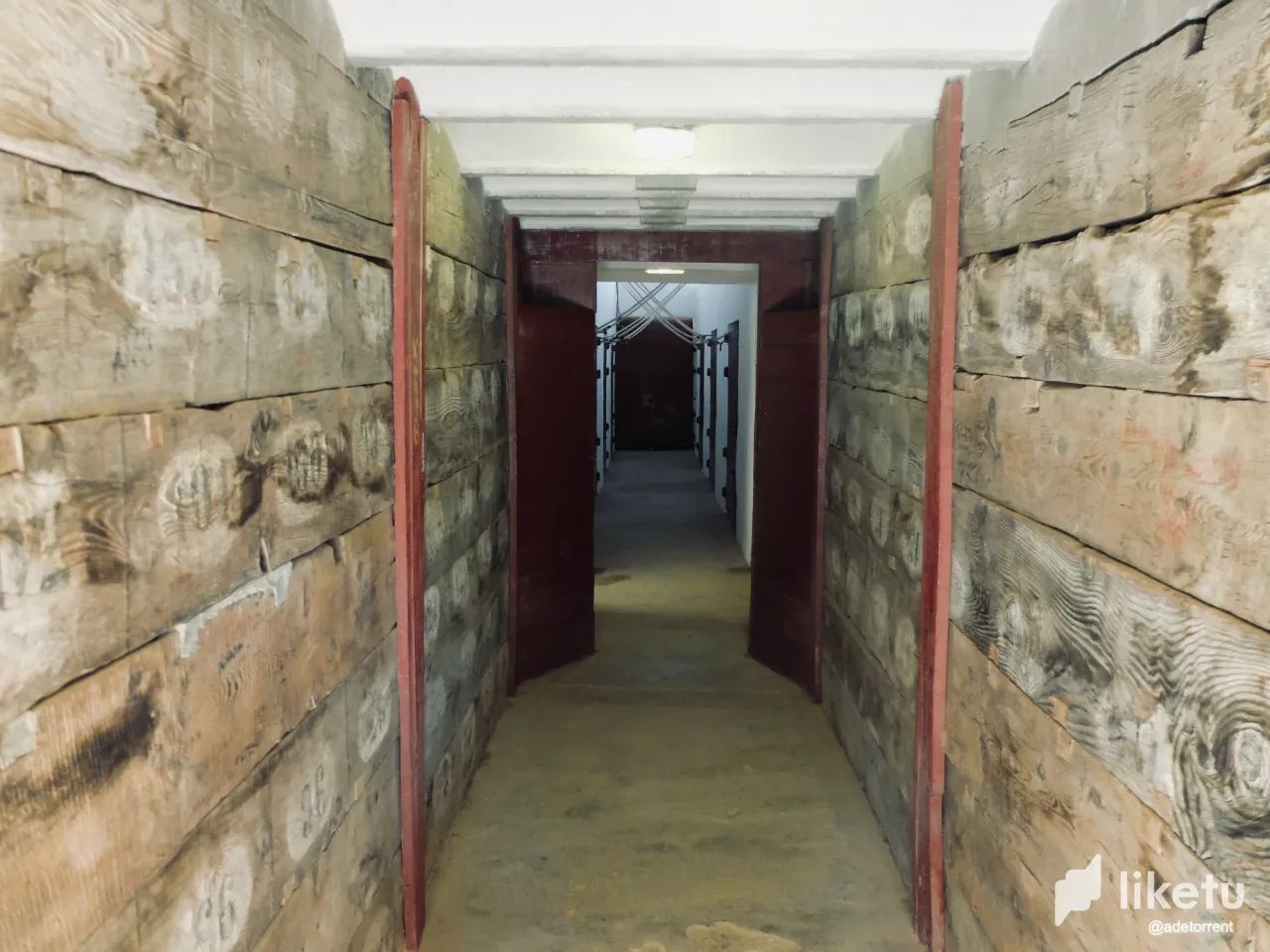

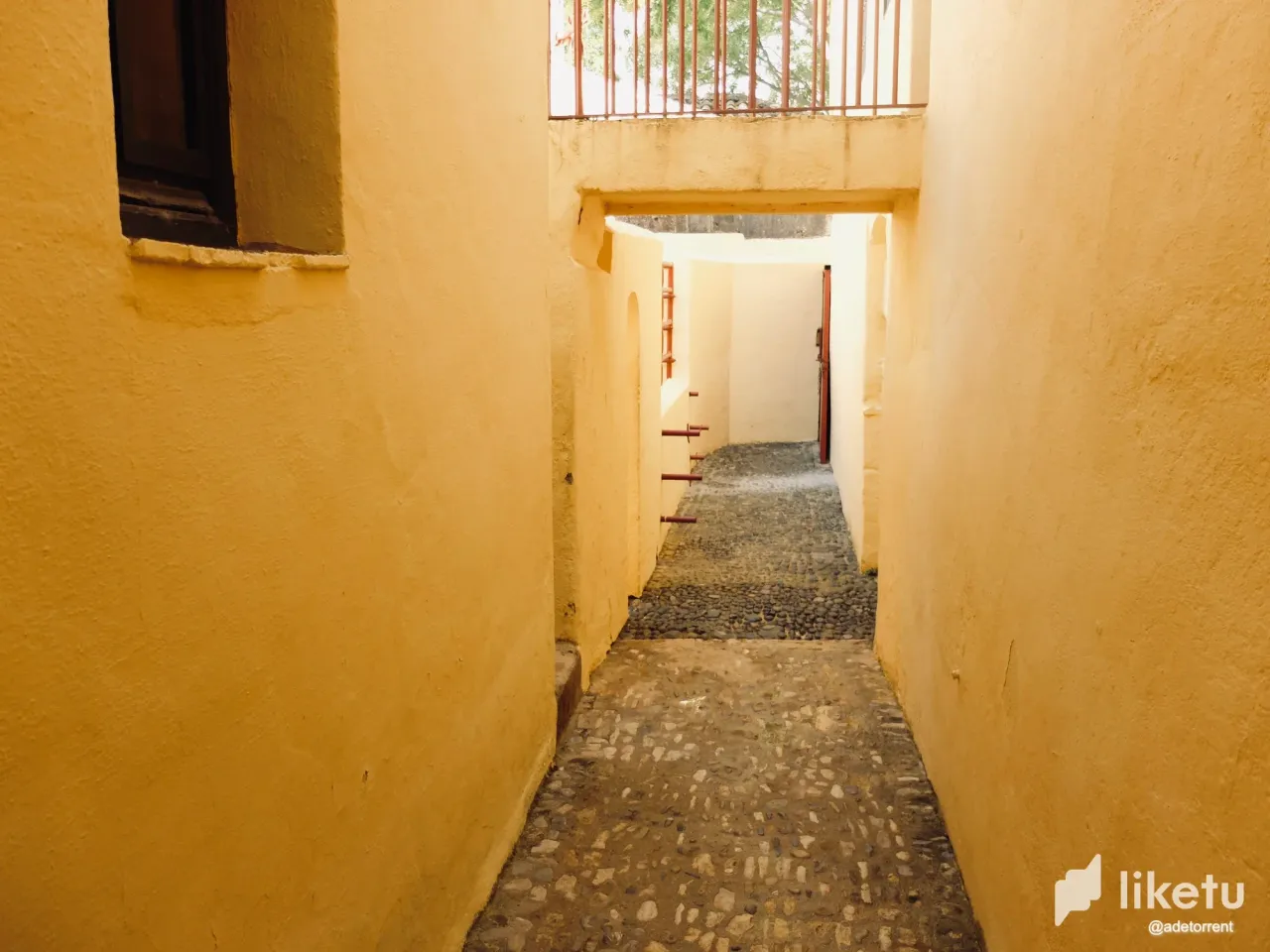
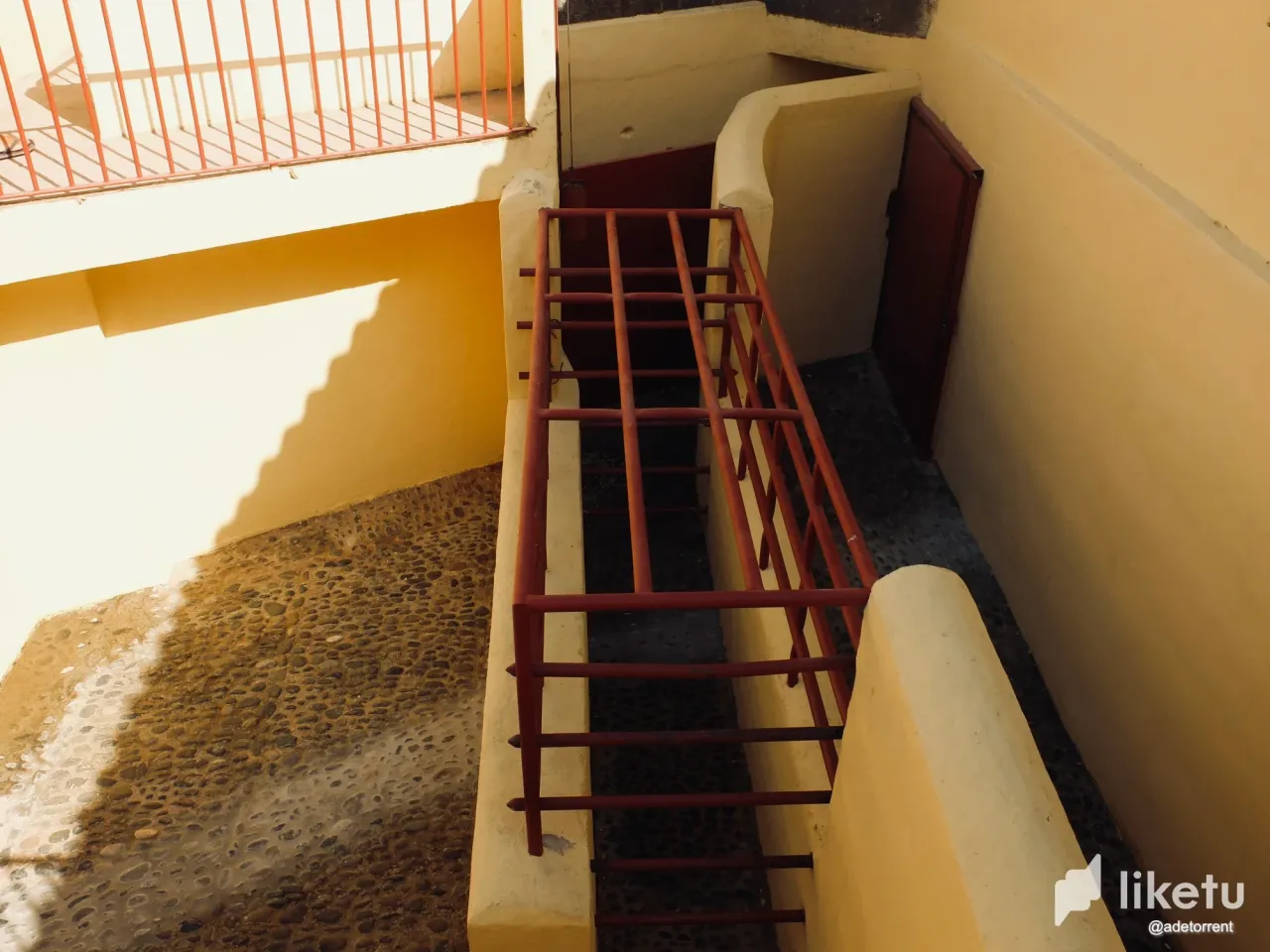
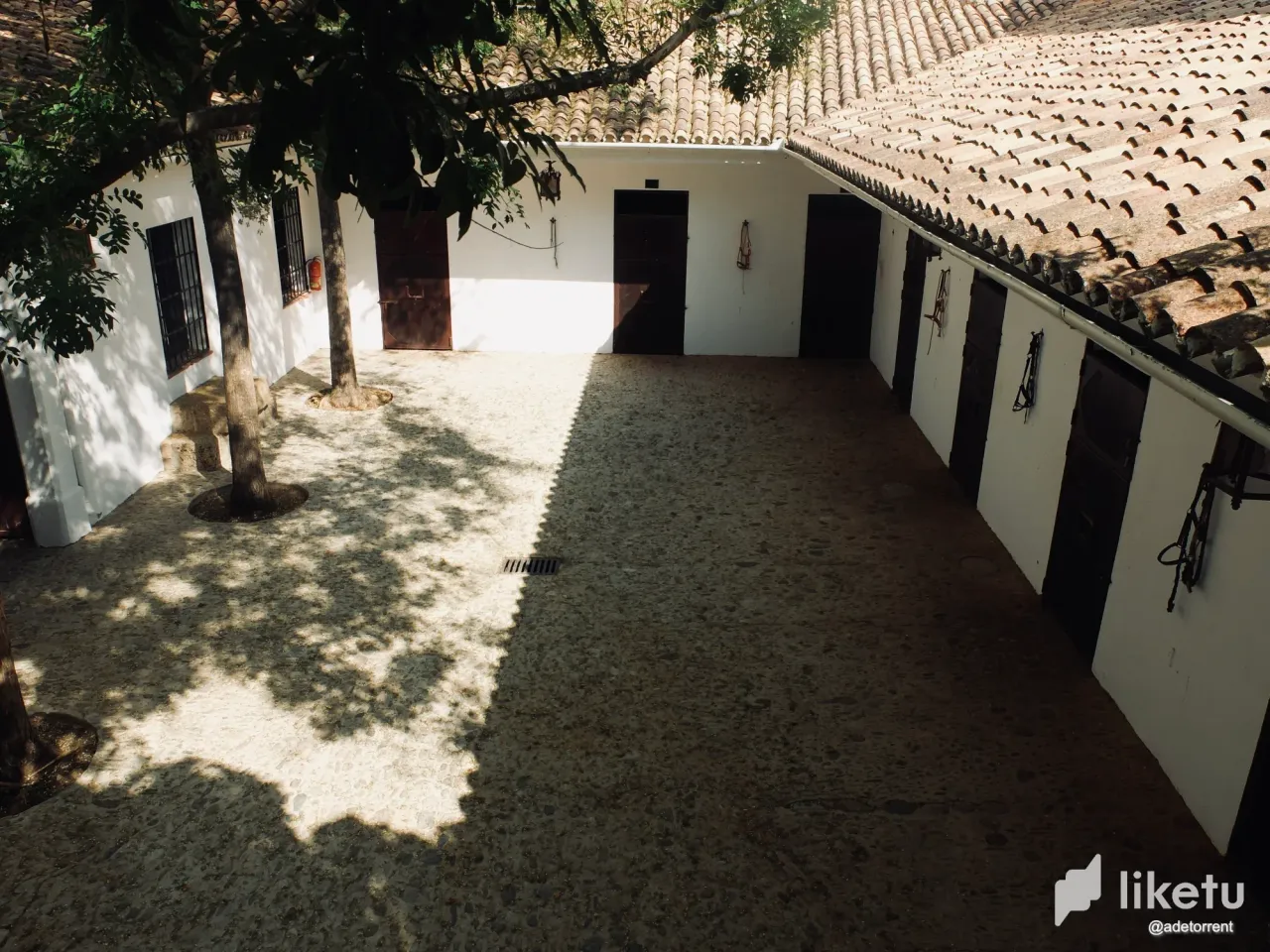
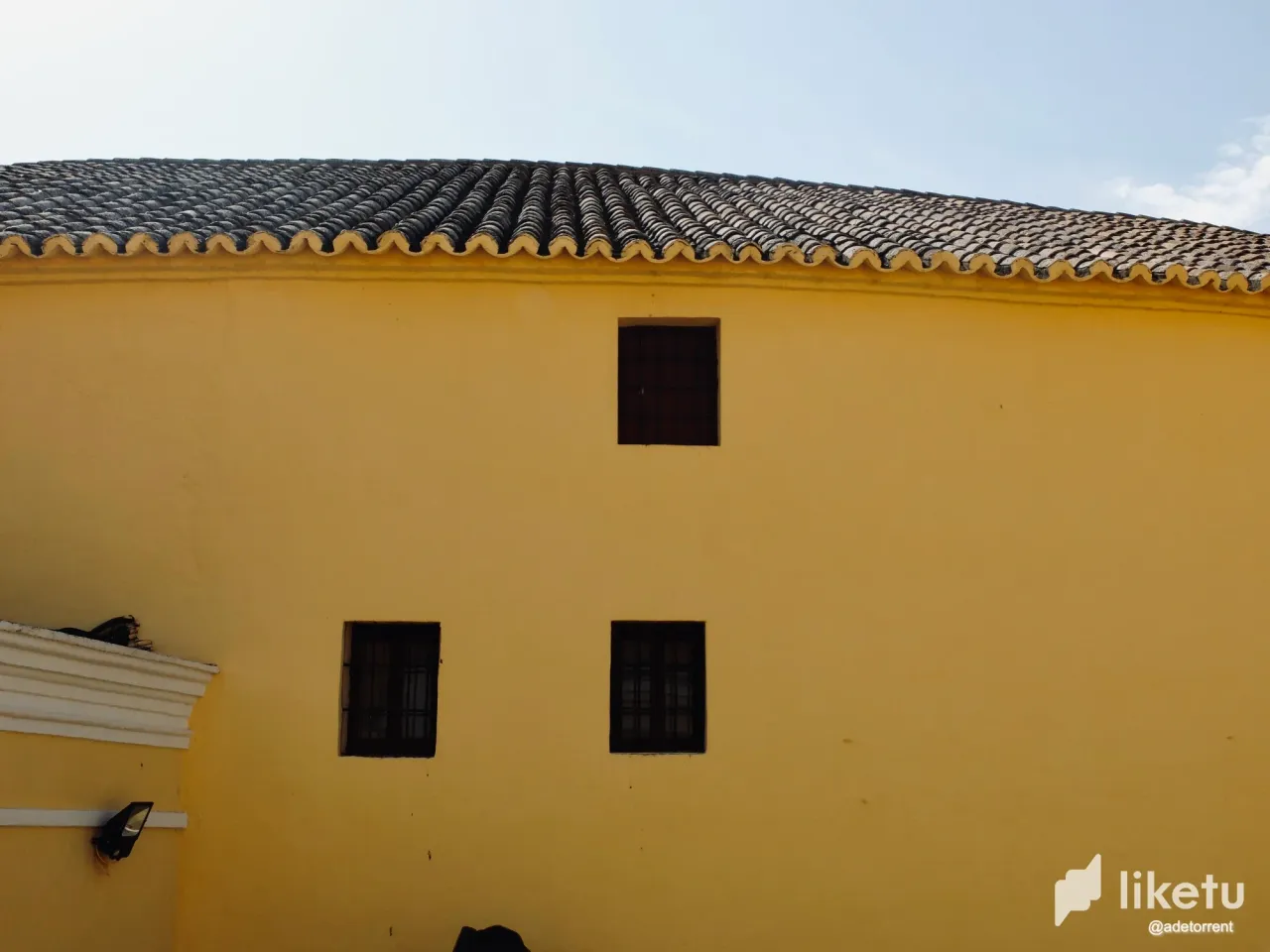
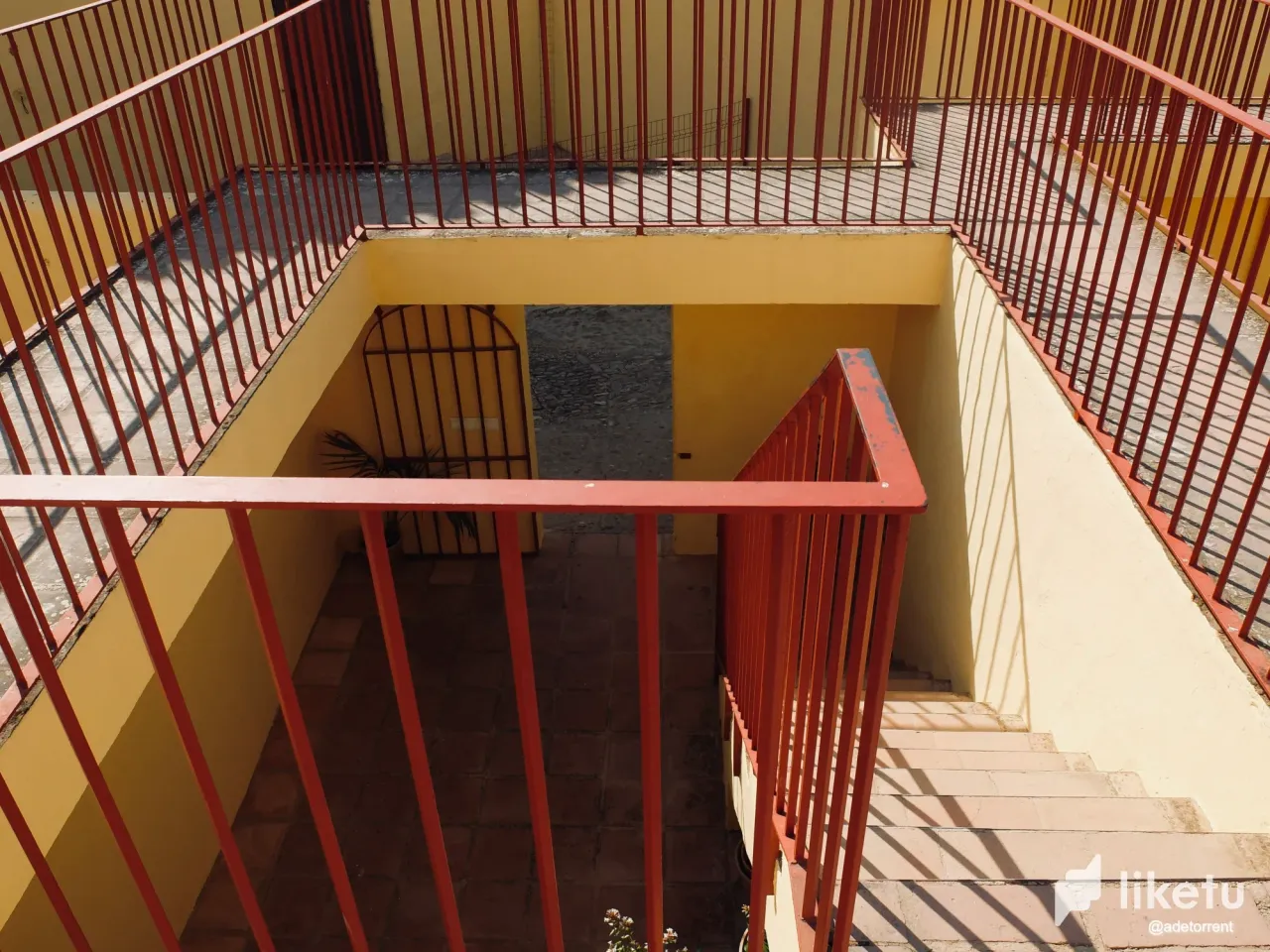
Plaza de Toros
The Bull Ring in Ronda, Spain is one of the most iconic and historic structures in the country. Located in the heart of the city, it is a testament to the rich history of bullfighting in Spain and the enduring cultural significance of the tradition. It was one of the most beautiful things that I saw while visiting Andalusia a decade ago.
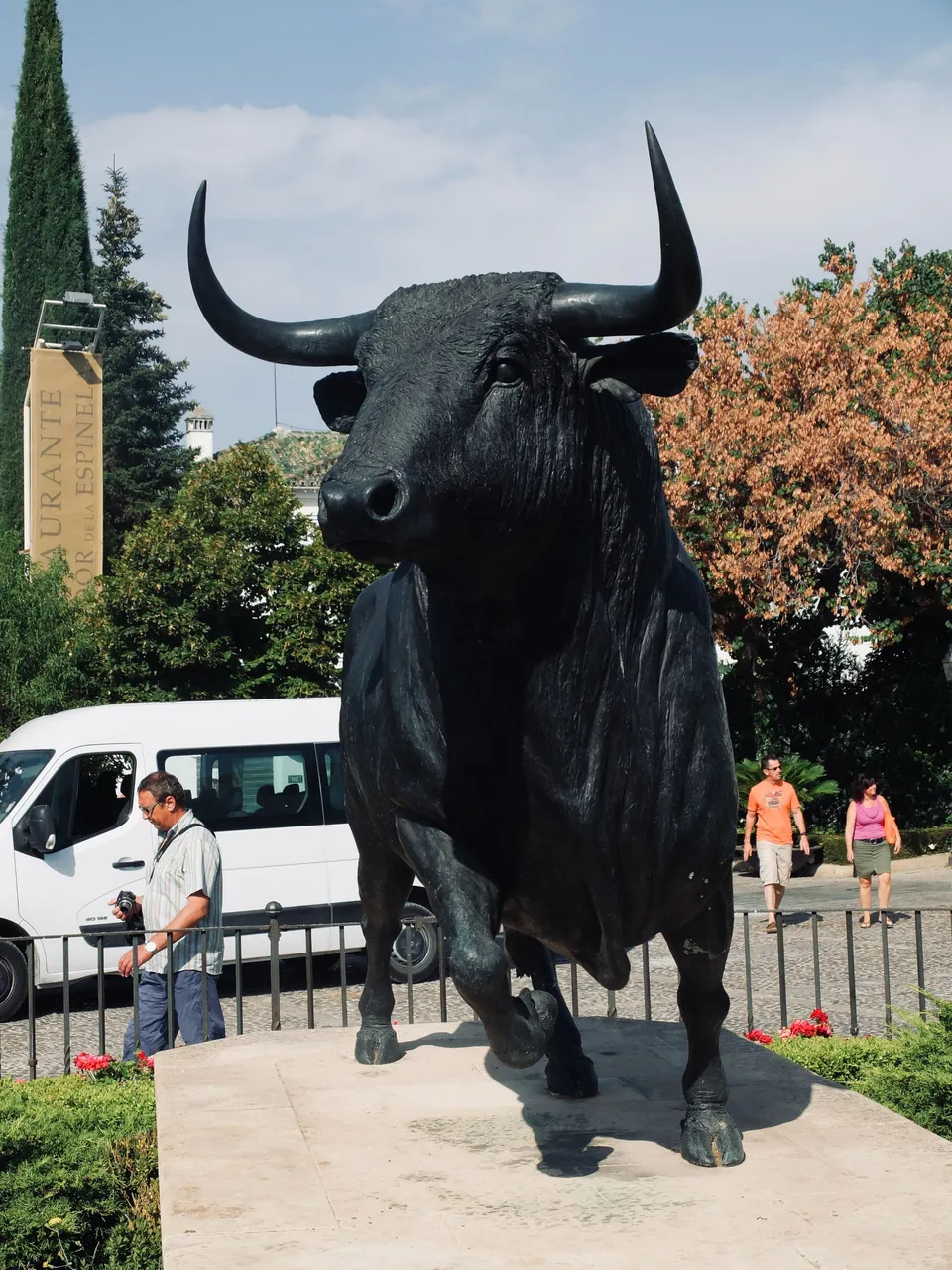
The Bull Ring, also known as the Plaza de Toros, was built in 1785 by the architect Jose Martin de Aldehuela. It is widely regarded as one of the most beautiful and impressive bullrings in Spain, with its distinctive horseshoe shape, white-washed walls, and intricately decorated arches. The orange-brown colour of everything reminded me of North Africa and the reddish dust of the Sahel belt of West Africa.
However, this place is more than just a beautiful piece of architecture. It is an integral part of the history and culture of Spain, and it has played a significant role in the development of bullfighting as we know it today. Not only bull righting - dance as well. Those familiar with "Paso Doble" would recognise the influence of the matador and bull in that dance.

Bullfighting has a long and storied history in Spain, dating back to at least the Roman Empire. Over time, it evolved into the form we see today, with matadors facing off against bulls in a highly stylised and ritualised form of combat. That is also demonstrated in the aforementioned Paso Doble dance. The man is the matador, often with a cape, and the woman is the bull.
The Bull Ring in Ronda played a key role in the development of this tradition. It was one of the first bullrings in Spain to be built specifically for the purpose of bullfighting, and it quickly became a centre of the sport in the region. I never got to see an actual bull fight, but got to walk around the inside where the bulls are kept before a combat and sit like a spectator. It had the feel of a Roman amphitheatre, the link to which cannot be denied.
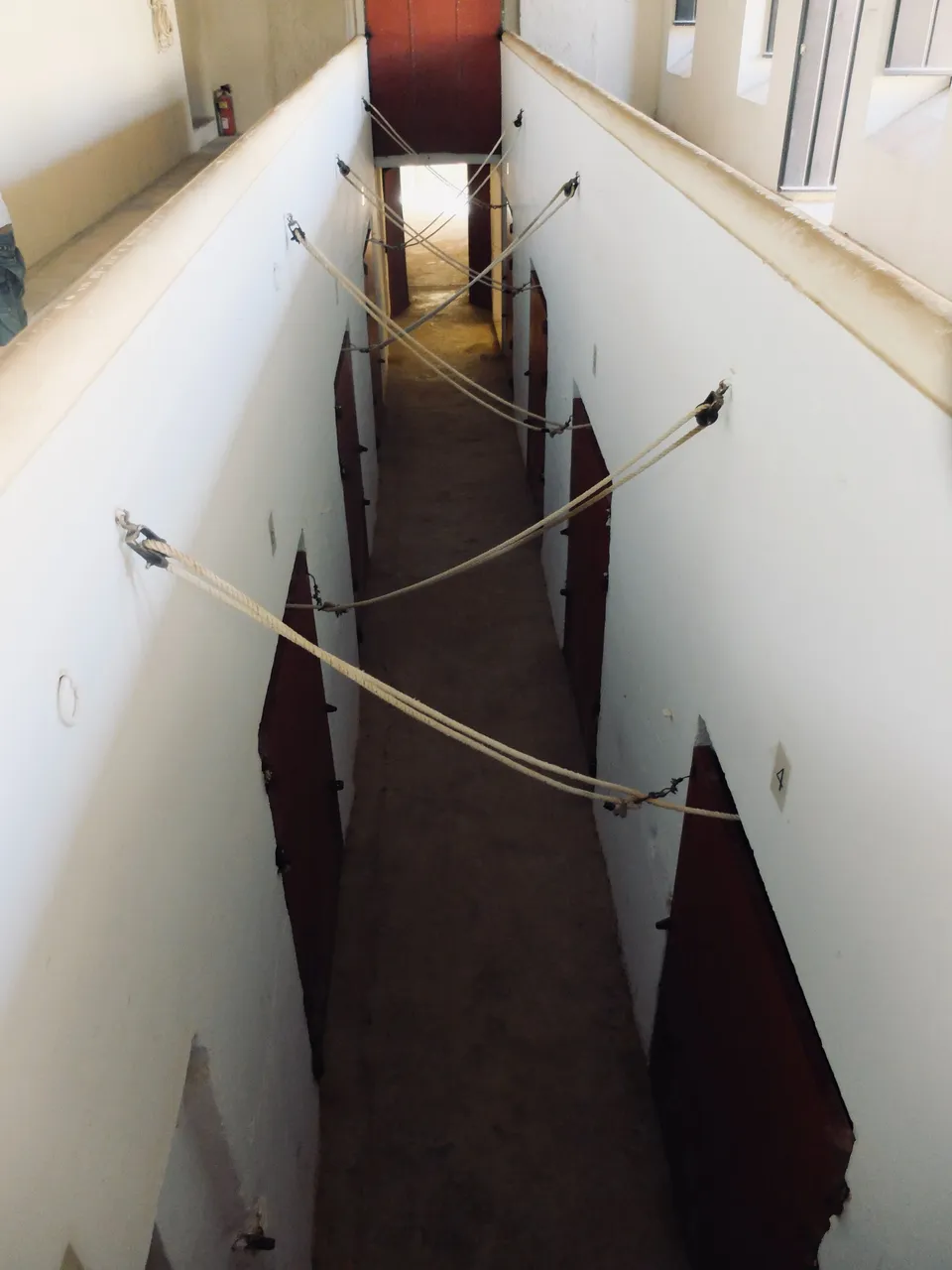 | 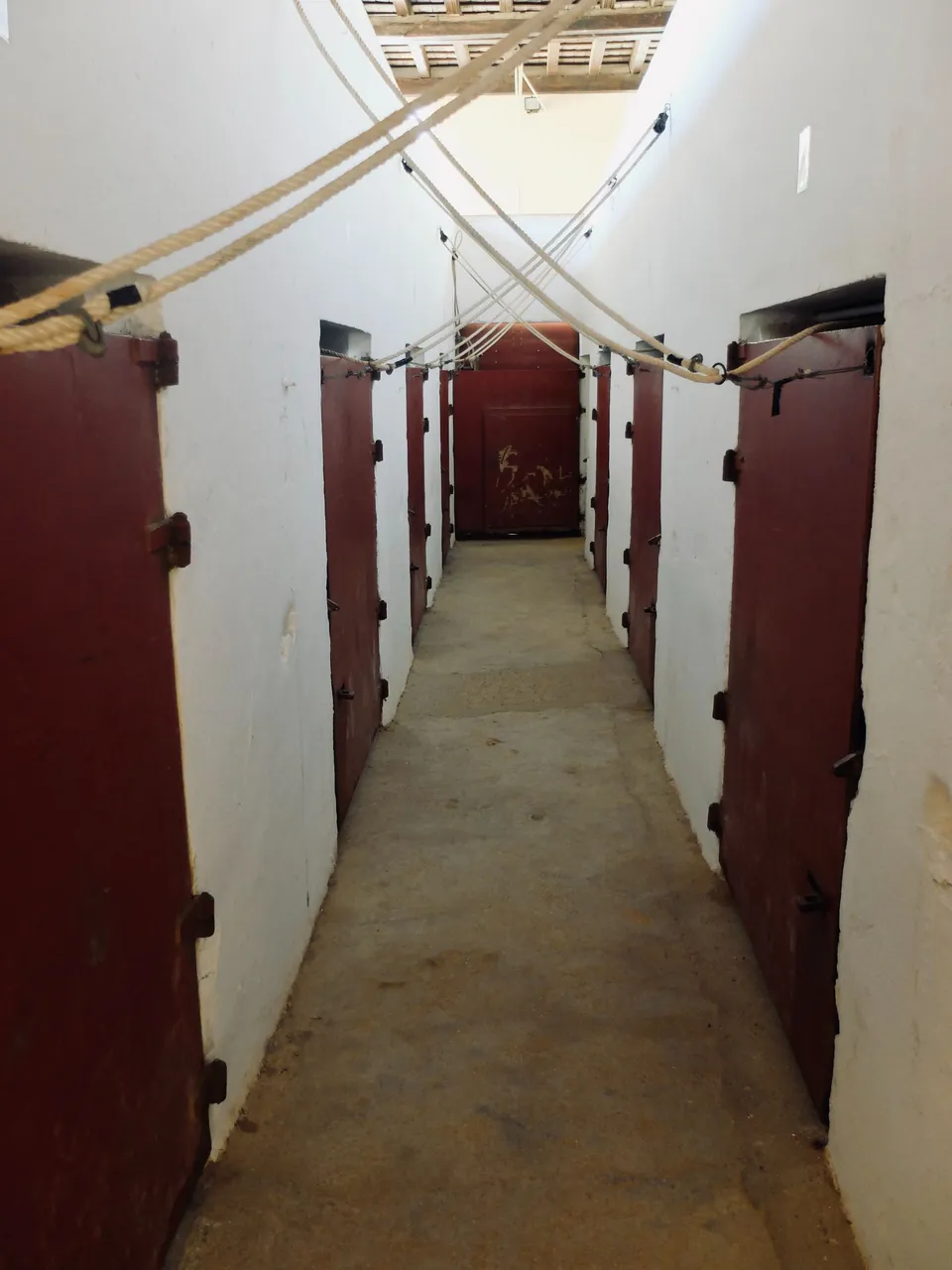 |
|---|
Over the years, the Bull Ring in Ronda has seen some of the greatest matadors in the history of bullfighting. Francisco Romero, who is credited with creating the modern form of bullfighting, fought in the Bull Ring in Ronda in the 18th century. Other legendary matadors, such as Juan Belmonte and Antonio Ordonez, also made their mark in the arena.
Today, the Bull Ring in Ronda remains an active venue for bullfighting, with regular events taking place throughout the year. For many people, attending a bullfight in Ronda is a once-in-a-lifetime experience, a chance to witness the skill and bravery of the matadors and the power and majesty of the bulls. A chance that I missed sadly.
But while the Bull Ring in Ronda is a testament to the enduring popularity of bullfighting in Spain, it is also a source of controversy. Bullfighting has long been a subject of debate, with critics arguing that it is cruel and inhumane, and that it has no place in modern society. This is one of the reasons why I'm not too beaten up about not see a fight. Perhaps it was for the best :). Proponents of bullfighting, on the other hand, argue that it is a deeply ingrained part of Spanish culture, and that it represents an important tradition that should be preserved.
The debate over bullfighting is a complex one, and it is unlikely to be resolved anytime soon. But regardless of where one stands on the issue, it is difficult to deny the cultural significance of the Bull Ring in Ronda and the important role it has played in the history of bullfighting in Spain.
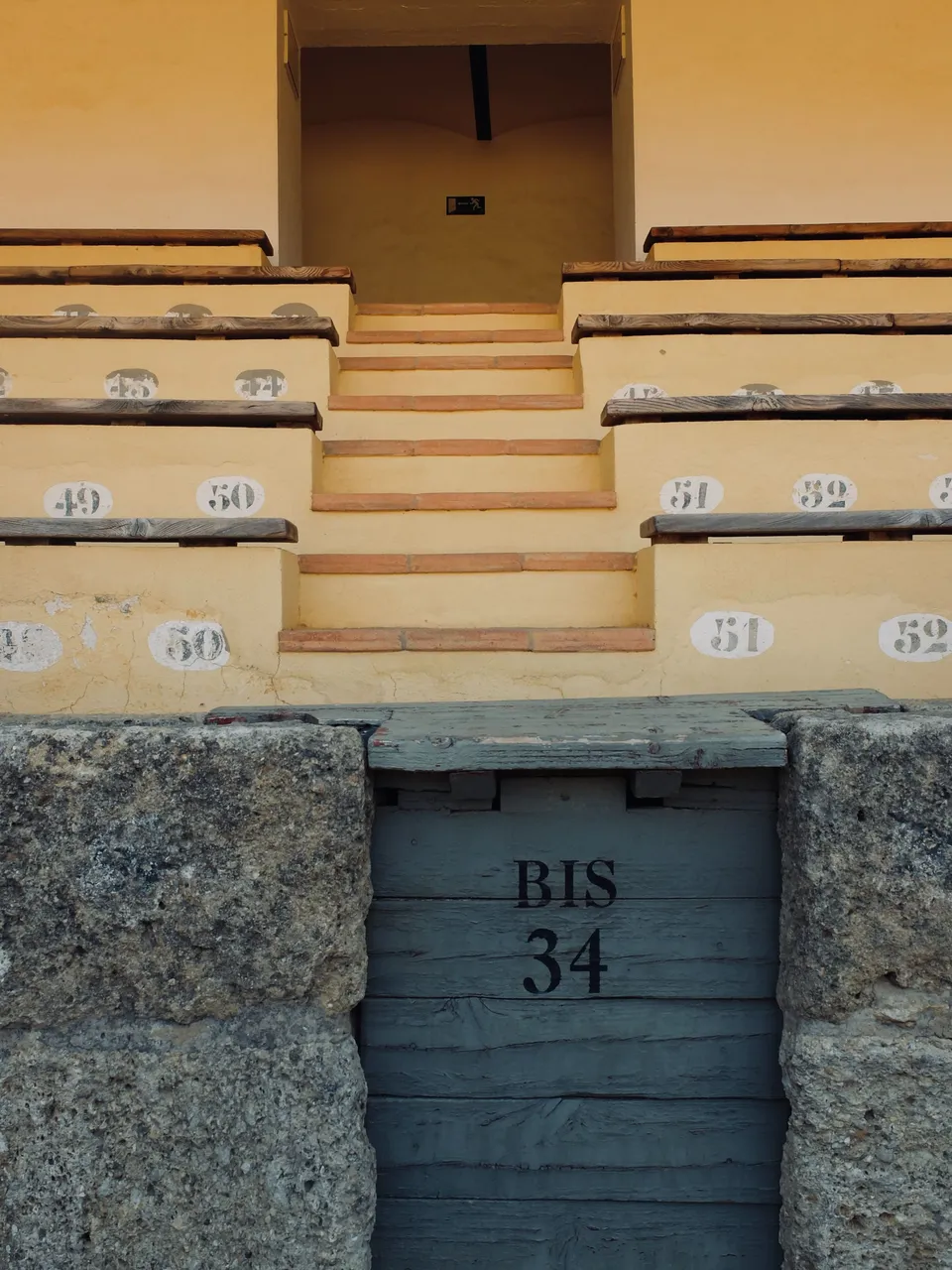 | 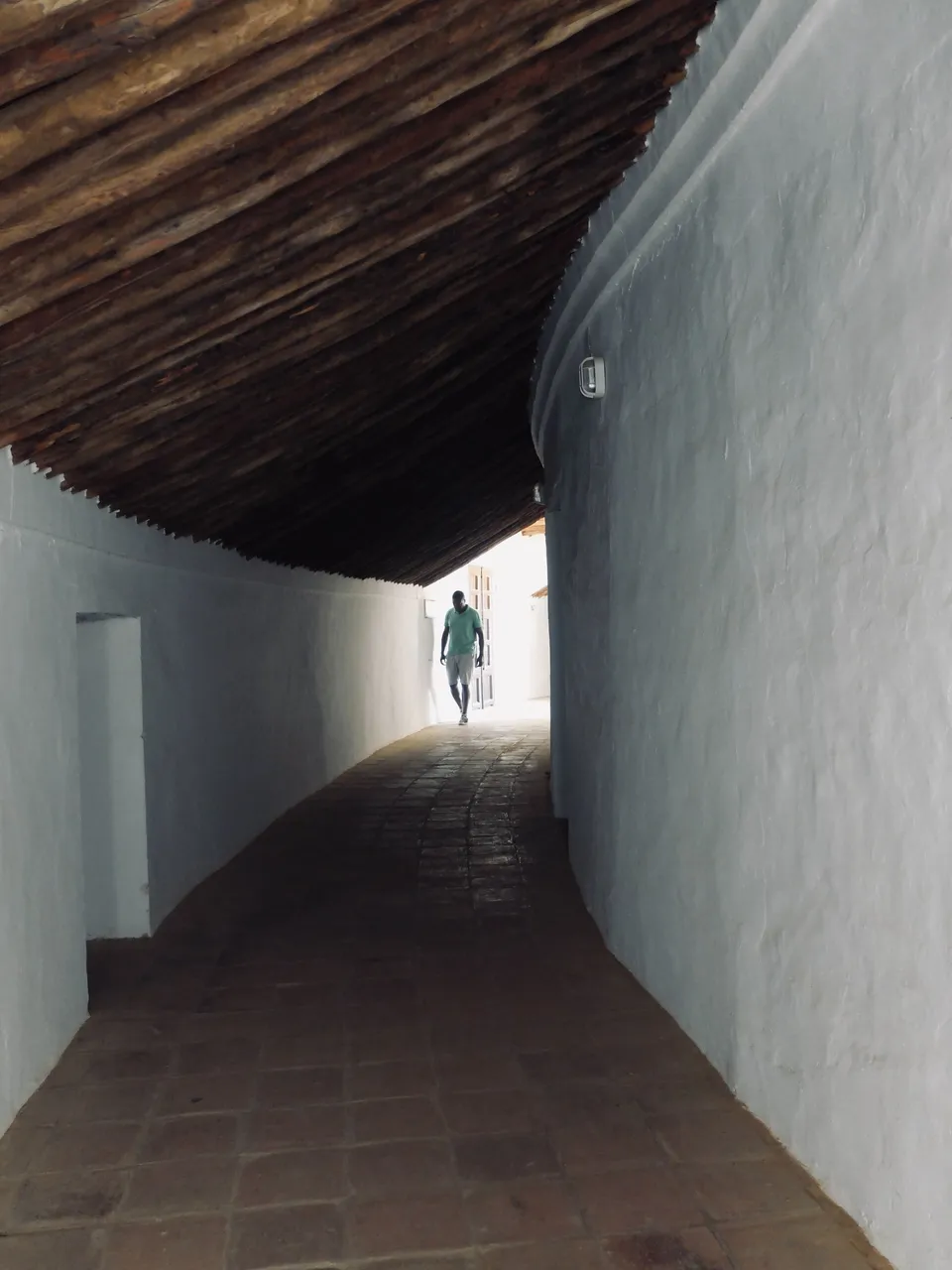 |
|---|
For those who are interested in the history and culture of bullfighting, a visit to the Bull Ring in Ronda is a must. The arena itself is a stunning piece of architecture, with its white walls and intricate arches, and it offers a glimpse into the world of bullfighting that is difficult to find anywhere else.
In addition to the arena itself, there is also a bullfighting museum on the site, which offers a fascinating look at the history and evolution of the sport. The museum contains a wide range of artefacts and exhibits, including matador costumes, historic bullfighting posters, and even a collection of antique bullfighting weapons. I picked up a few ornaments there but I have no idea where they are now. Probably in storage somewhere.
I hope to return to Ronda one day. It's, till today, one of my top 5 cities I've ever been to. I am going to post at least once more about Ronda showing photos I took around the city. Perhaps I can show you why I love the place so much.
Peace & Love,
Adé